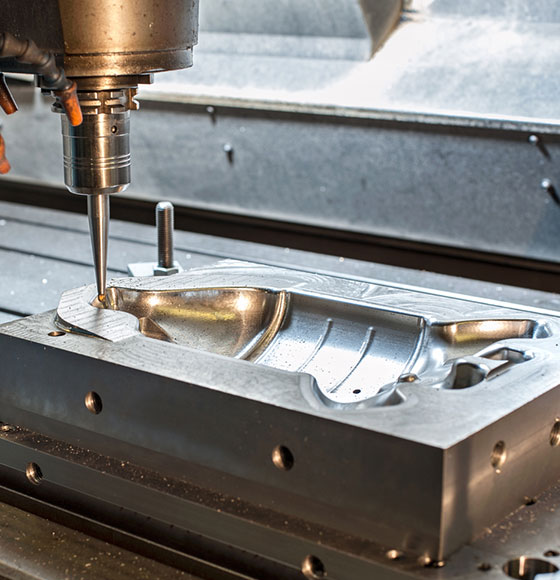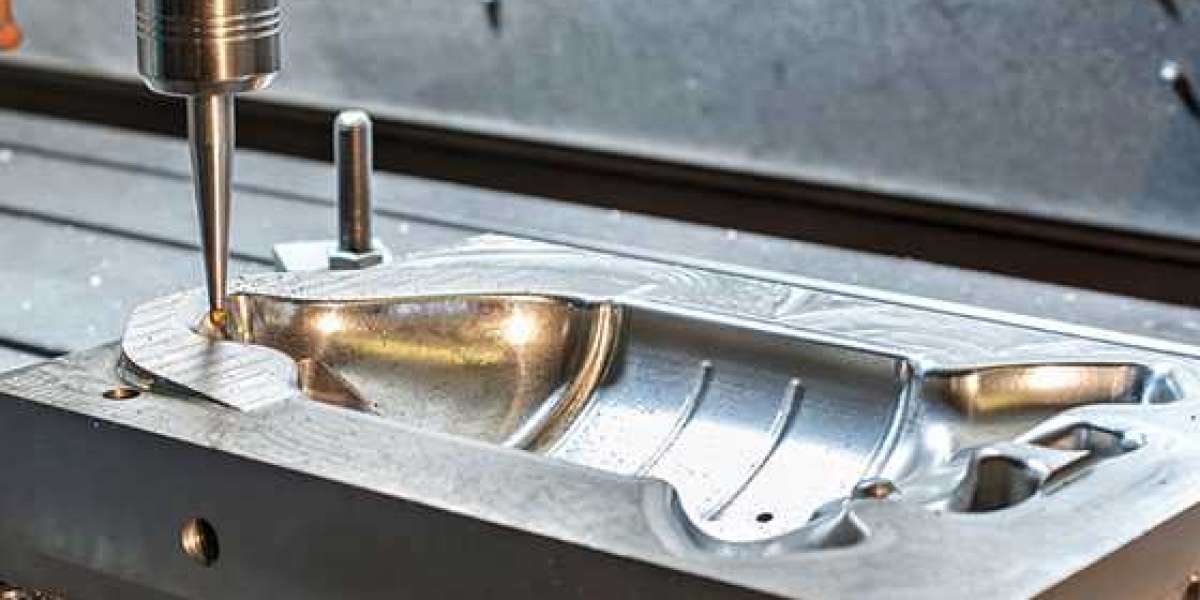It is anticipated that many manufacturers will learn, while carrying out surface treatment on a variety of aluminum materials, that die-casting aluminum is not suitable for anodizing treatment. This revelation is expected to take place while the manufacturers are anodizing other types of aluminum. It is anticipated that this will be one of the discoveries made as a result of the investigation. As a direct result of this, the state in which aluminum is considered to exist is one that is predominately pure. During the anodic oxidation process, the presence of an excessive amount of impurities and other components will invariably have an effect on the thickness of the film that is formed, and it may even have an effect on whether or not the film is formed at all. This is because the presence of an excessive amount of impurities and other components will always have an effect on the thickness of the film that is formed. This is because impurities, along with other components, are made up of atoms that are lacking electrons. This is also the case with other components.
Silicon has a propensity to make up an abnormally large portion of die castings and cast zinc alloy die casting aluminum alloys in comparison to the other components that are used in the construction of these materials. In addition, acquiring an oxide film that is both colorless and transparent can be a challenging task in and of itself. Even though cast aluminum alloys do not lend themselves particularly well to the traditional anodizing process, it is still possible to anodize aluminum that has been die-cast. This is the case despite the fact that die-cast aluminum can be anodized. Adjustments of a relatively minor nature and paying painstaking attention to the process control are what determine the level of quality that can be achieved by the anode.

If it's okay with you, I'd like to start by talking about the actual work experience I've had in the past. Thank you for your time. Castings can also be given a treatment known as passivation, which involves applying a coating to the surface of the casting. After the anodizing procedure has been finished, the surface will be covered in a significant amount of floating dust. This dust will have a negative impact on the surface quality of the anode, particularly aluminum-silicon-copper.
How is it possible to prevent the zinc alloy die casting from turning black, and what kinds of preventative steps can be taken?When compared to other types of aluminum, anodizing die-casting aluminum ADC6, which is an aluminum-magnesium alloy, is a much more straightforward process. This is due to the fact that the magnesium in alloy die casting company the alloy assists in maintaining the stability of the aluminum. Because of this, the overall appearance of the surface treatment has been significantly improved, which can be attributed, in part, to the fact that this has been done.
When carrying out the process of die casting, one has the option of either using a machine with a cold chamber or a machine with a hot chamber, depending on the particular kind of die casting that needs to be done. This decision can be made based on the temperature of the chamber in the machine. Die castings made of zinc alloy and die castings made of aluminum alloy can deteriorate over time due to environmental factors that come from the outside world. Mold can grow on aluminum, or it can oxidize and turn black. On the surface of the aluminum, you can observe the presence of these residues. Because these stains and corrosive substances promote the growth of mildew, this is the result that you will see. In addition to that, the warehouse is lacking in sufficient ventilation. What factors contribute to the formation of air bubbles in the material during the die-casting process of zinc alloy?In the event that there is a leak, the surface of the air casting will be riddled with holes. This is the case whether or not there is a leak. These holes, due to the location in which they are found, will be able to be seen on the outside of the casting.

Over the course of the past few years, I have devoted a significant amount of my time and energy to mastering the process of personalizing zinc alloy die castings. I can now confidently say that I am an expert in this field. It is not a reasonable setting, the gas that is present in the molten metal is not completely removed, and the paint is not utilized in the correct manner. You will be in a position to devise an effective treatment plan that will lead to the problem's complete resolution if you are aware of the factors that led to the occurrence of the issue. This awareness is required in order for you to be able to formulate the plan.








